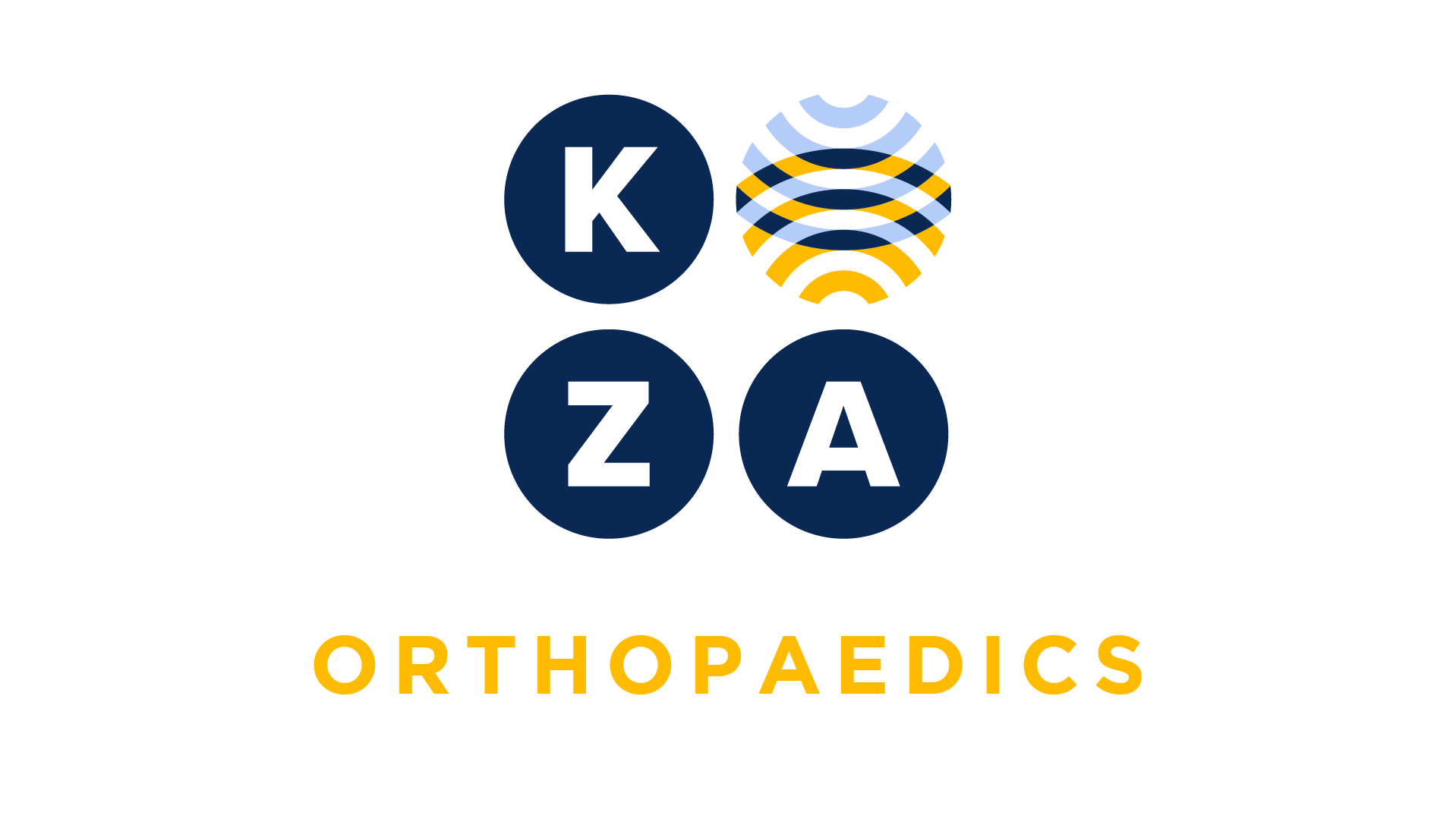
Choose your specialty from the list below to see how our experts have tackled a wide range of client questions.
Looking for something specific? Utilize our search feature by typing in a key word!
E&M with Injections: Two Diagnoses
If we have an established patient where the physician evaluates the patient and decides to give an injection. The physician documents two diagnoses. May we report an E&M with the injection because we have two diagnoses?
Question:
If we have an established patient where the physician evaluates the patient and decides to give an injection. The physician documents two diagnoses. May we report an E&M with the injection because we have two diagnoses?
Answer:
An E&M is reportable with the injection when the significant separate service rules are met.
Two answers apply:
- We do not recommend reporting the E&M if the second diagnosis is at same location or joint that is being injected. In this case, a second diagnosis does not meet the “separate service” part of the modifier 25 definition.
- We recommend reporting the E&M-25 if the second diagnosis if:
- The second diagnosis is in a separate anatomic location from the injection site, and
- The second condition is evaluated and managed.
E&M With Injection: What If We Want to Code Based on Time?
We have a recent case where a patient returned with return of pain about five months after a previous injection. The physician evaluates the patient noting no new injury, no changes in his exam findings and decides to re-inject the patient’s knee without additional treatment options discussed. We shared with the physician that the E&M was not separately reportable. The physician asked, ‘what if I code based on time, is it reportable then?” We are unsure if this makes a difference or not. Will you address this question?
Question:
We have a recent case where a patient returned with return of pain about five months after a previous injection. The physician evaluates the patient noting no new injury, no changes in his exam findings and decides to re-inject the patient’s knee without additional treatment options discussed. We shared with the physician that the E&M was not separately reportable. The physician asked, ‘what if I code based on time, is it reportable then?” We are unsure if this makes a difference or not. Will you address this question?
Answer:
KZA agrees with your initial recommendation based on the information provided. In terms of your specific question, whether the rules associated with modifier 25 (significant, separate service) vary based on the methodology supporting a level of service, the answer is “no”.
The E&M guidelines address how to select a level of service based on either MDM (Medical Decision Making) or Time. The rules associated with modifier 25 are specific to the E&M meeting the significant separate service rules, not the methodology of E&M code selection. In the scenario provided, the significant separate services rules are not met; report the injection and drugs, as appropriate.
Established Patient: New Injury and Injection
We have a major hip and knee practice. We frequently see patients back for repeat injections; typically, we do not report the E&M, and report the injection only.
Question:
We have a major hip and knee practice. We frequently see patients back for repeat injections; typically, we do not report the E&M, and report the injection only.
Recently, in one of our coding meetings, we discussed “well, what if the patient presents with a new injury and the physician re-injects the same joint.”
The scenario the team created was as follows:
Established patient, prior knee injections, presents for unplanned visit with a new twisting injury sustained when the patient tripped over a rock while trail hiking. The injury caused the patient to lose balance and fall into a tree. The patient presents with complaints of the twisting injury, knee swelling and bruising in the area. The physician will order X-Rays. After reviewing the physician aspirates and injects the joint.
Does this meet modifier 25? We have not typically billed for this type of encounter and are trying to decide if we\ are too conservative in our approach.
Answer:
KZA appreciates the coding team meeting to discuss issues, concern about accurately reporting modifier 25 or not, and the detailed scenario.
KZA recommends reporting the E&M and an aspiration/injection in your scenario. There is a new injury requiring the physician to perform a medically appropriate exam and the decision to order X-Rays. The work is not related to a “repeat” injection but is medically necessary to evaluate the new injury. The physician will have an injury diagnosis, possible effusion diagnosis since an aspiration was performed and the diagnosis for any underlying condition if the fall caused an exacerbation of the underlying condition.
Established Patient Encounter: Is Modifier 25 Supported?
An established patient presents to the office for return of knee pain six months after the last injection to the same knee. The patient relates no new injury and states that over the past few weeks, the pain has become unbearable. The physician evaluates the patient and decides to reinject the same knee. Does this meet the modifier 25 definition since the physician re-evaluates the patient?
Question:
An established patient presents to the office for return of knee pain six months after the last injection to the same knee. The patient relates no new injury and states that over the past few weeks, the pain has become unbearable. The physician evaluates the patient and decides to reinject the same knee. Does this meet the modifier 25 definition since the physician re-evaluates the patient?
Answer:
To report an E&M, the E&M must be the significant separate stand-alone service from the injection. In the scenario presented, the physician evaluated the knee in a prior encounter, and gave an injection that provided relief for about six months. There are no other complaints shared, no new injuries and no additional diagnostic tests, and the physician offers the same management option.
In this case, KZA does not recommend reporting an E&M with a modifier 25; the significant separate service rules are not met. Report the injection and medication administered.
E/M Code and Injection Code: Can We Bill Together?
We have a new patient presenting for evaluation of new elbow pain after a fall. The provider documented a full history and exam then ordered and interpreted x-rays. Following this evaluation and discussion with the patient, they agreed the best option was to aspirate and inject the joint. The procedure note documents the aspiration and injection of a corticosteroid. Does this meet the significant, separate service rules to report both the E&M and the aspiration/injection were met?
Question:
We have a new patient presenting for evaluation of new elbow pain after a fall. The provider documented a full history and exam then ordered and interpreted x-rays. Following this evaluation and discussion with the patient, they agreed the best option was to aspirate and inject the joint. The procedure note documents the aspiration and injection of a corticosteroid. Does this meet the significant, separate service rules to report both the E&M and the aspiration/injection were met?
Answer:
Based on the description of the encounter, KZA recommends reporting the E&M with modifier 25, the injection code (20605).
You may also report the J code for the drug (with the appropriate units) if you are in place of service 11 (physician office). Remember, Medicare requires the JW (drug wasted) or JZ (no drug wasted) modifiers effective July 1, 2023, if the medication was obtained from single-dose package. Review your private payor policies to determine if they follow the same requirement.
Our rationale for allowing both the new patient E/M with modifier 25 and the injection code is as follows:
1. This is a new problem,
2. The intent of the visit was not the injection,
3. A full E/M service performed, and
4. There was joint decision making with patient on options and to proceed with the minor procedure.
Prolonged Service With or Without Direct Patient Contact on the Date of an Evaluation and Management Service
If using the prolonged service codes, does the level of the E/M service have to meet level 5 criteria?
Question:
If using the prolonged service codes, does the level of the E/M service have to meet level 5 criteria?
Answer:
Yes, the prolonged service codes are onlyreportedwith the highest level ofoffice/outpatientvisitEvaluation and Management (E/M) code(e.g.,99205, 99215, 99245)whenthetime requirementhasbeen satisfied. Prolonged services of less than 15 minutesarenotseparatelyreported. Prolonged service codes arereported whenchoosing an E/M code based ontime, notMedical DecisionMaking.
CPT allowsreporting add-on code+99417( Prolonged outpatient evaluation and management service(s) time with or without direct patient contact beyond the required time of the primary service when the primary service level has been selected using total time, each 15 minutes of total time)at 15 minutes AFTER the minimumtime in the range for the office/outpatient visitE/M code.
CMS has created prolonged serviceadd-oncode+G2212 to be used instead of+99417. CMS (Medicare) allowsreporting+G2212( Prolonged office or other outpatient evaluation and management service(s) beyond the maximum required time of the primary procedure which has been selected using total time on the date of the primary service; each additional 15 minutes by the physician or qualified healthcare professional, with or without direct patient contact)at 15 minutesonlyAFTER the maximumtime in the ranges for the office/outpatient visitE/M code is met.

